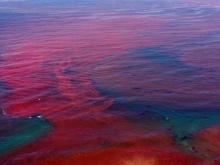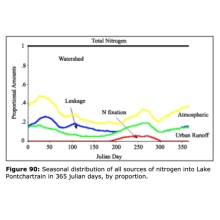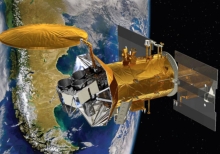PC: Water Quality Guided Review
In this guided review, you will learn about the different water quality parameters, the ways they interact with one another, and the work being done to manage water quality. This review aims to identify instances of impaired water quality and its impact on nearby communities.





